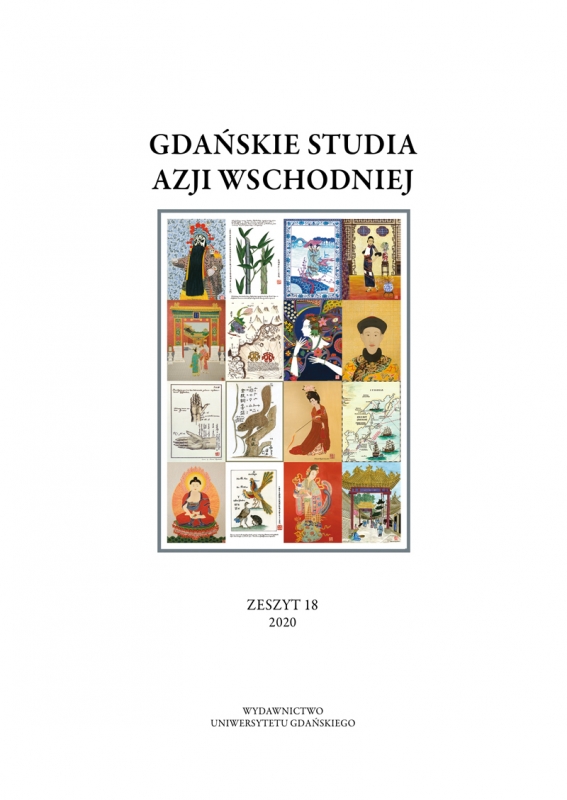Ewolucja chińskiego protokołu i zwyczajowego prawa dyplomatycznego od XVI do XIX w.
The evolution of Chinese protocol and customary diplomatic law in contacts with European countries from the 16th to the 19th centuries
Author(s): Szymon WiśniewskiSubject(s): History, Social Sciences
Published by: Wydawnictwo Uniwersytetu Jagiellońskiego
Summary/Abstract: From the earliest times, diplomatic protocol has been one of the most important instruments of foreign policy. It facilitates establishing relationships in the international arena by creating a common language of communication. The aim of diplomatic protocol is to create an atmosphere of respect, recognition, and harmony in international relations. To a large extent, it is the result of customary international law, which consists of two basic elements. Firstly, one comes from the practice of states, viewed objectively, and secondly, from opinio iuris, i.e. the subjective feeling that this procedure is a kind of law. For many centuries, the Chinese Empire used these two tools to conduct foreign policy, in particular with European countries with which relations were not based on the principle of equality and respect for sovereignty. The purpose of this article is to indicate how China used protocol and customary diplomatic law to achieve its goals in the international arena.
Journal: Gdańskie Studia Azji Wschodniej
- Issue Year: 2020
- Issue No: 18
- Page Range: 151-161
- Page Count: 11
- Language: Polish

